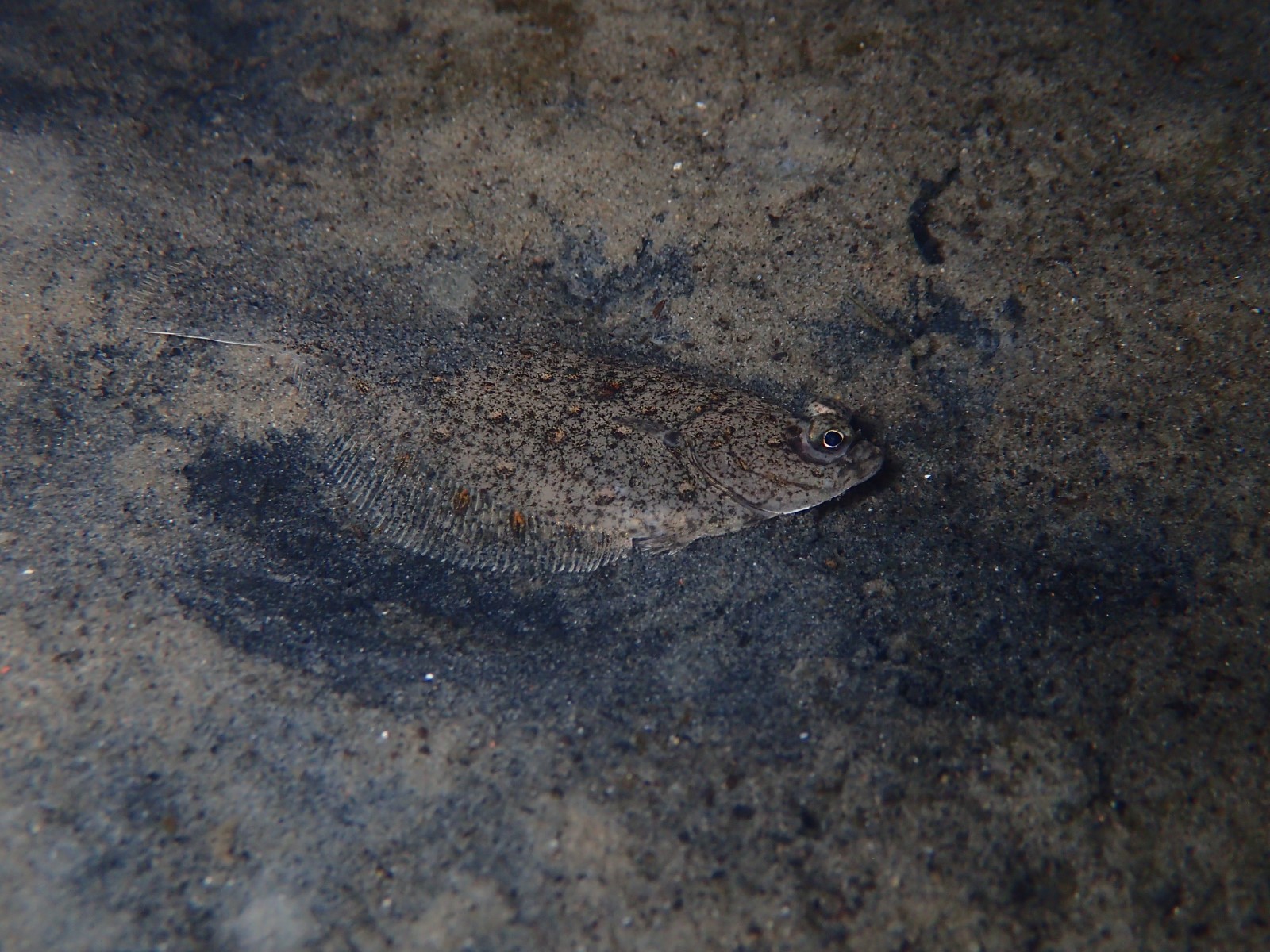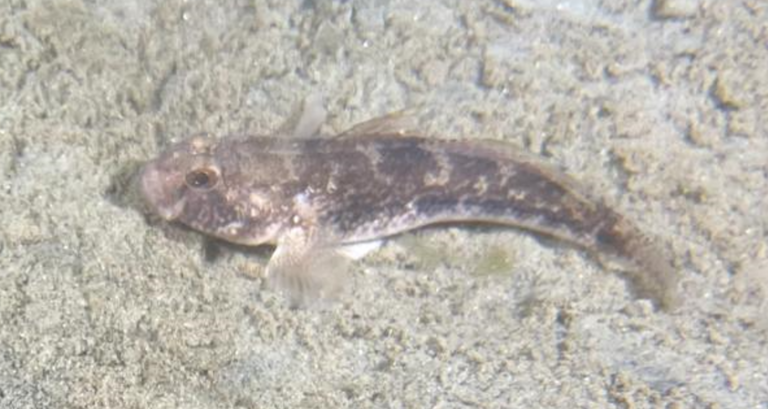Plaice (Pleuronectes platessa)

Plaice (Pleuronectes platessa) – Schol
- Taxonomy: The Plaice belongs to the Pleuronectidae family, which includes various species of flatfish. Its scientific name is Pleuronectes platessa.
- Species: Common plaice is the most widely known species, recognizable by its flat body and orange-red spots.
- Reproduction: Spawning occurs from January to March in deeper waters. Females lay between 50,000 to 500,000 eggs, which float to the surface after fertilization.
- Habitat: Found mainly in the North Sea and the Northeast Atlantic, plaice prefers sandy or muddy seabeds at depths ranging from 10 to 200 meters.
- Diet: Feeds on bottom-dwelling invertebrates such as worms, crustaceans, and mollusks. It uses its small, sharp teeth to capture prey.
- Conservation: Although plaice populations are currently stable, overfishing and habitat destruction pose long-term threats. Sustainable fishing practices are essential to their future.
- Unique Anatomy: A right-eyed flatfish, plaice has both eyes on the right side of its body, giving it a unique ability to camouflage against the seabed.
- Lifespan: Can live up to 50 years, though most don’t survive past 20 due to fishing.
Plaice: The Flat Guardians of the Seabed
When you picture marine life, sleek dolphins or colorful coral reefs may come to mind first. But on the sandy and muddy seabeds, you’ll find a less noticeable yet fascinating creature – the Plaice. These flatfish, with their unique body shape and ability to blend in with their surroundings, play a key role in maintaining the balance of bottom-dwelling ecosystems.
What is a Plaice?
The common Plaice, with its flat body and orange-red spots, is a master of camouflage. By lying motionless on the seabed, it blends in perfectly with its environment, avoiding predators and surprising its prey. Plaice belongs to the group of right-eyed flatfish, which means both of its eyes are located on the right side of its body.
Life on the Seabed
Plaice are bottom feeders, using their small teeth to catch invertebrates like worms and crustaceans. They are mostly active at night, relying on the cover of darkness to hunt. While they may not move much during the day, their movements at night help aerate the seabed, playing an essential role in the health of the marine floor.
Fascinating Reproduction Process
Plaice spawn during the winter months in deeper waters. Females can lay hundreds of thousands of eggs, which drift toward the surface after fertilization. Once hatched, the larvae remain in shallow nursery grounds until they develop into adults and return to deeper waters.
Ecological Role and Conservation
Plaice contribute to the marine food chain by keeping populations of invertebrates in check, helping to maintain a balanced ecosystem. However, like many marine species, they face challenges from overfishing and habitat destruction. Thankfully, increased awareness and stricter fishing regulations are helping to protect plaice populations.
Conclusion
Although Plaice may not be as famous as other marine animals, their role in keeping marine ecosystems healthy is vital. Their unique adaptation, long lifespan, and crucial ecological role make them an important species in our oceans. Protecting their habitat and ensuring sustainable fishing is key to preserving these fascinating flatfish for future generations.







